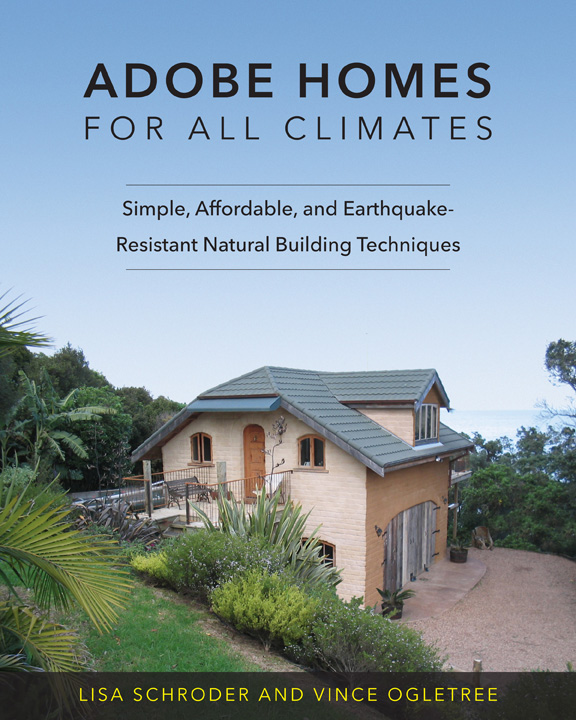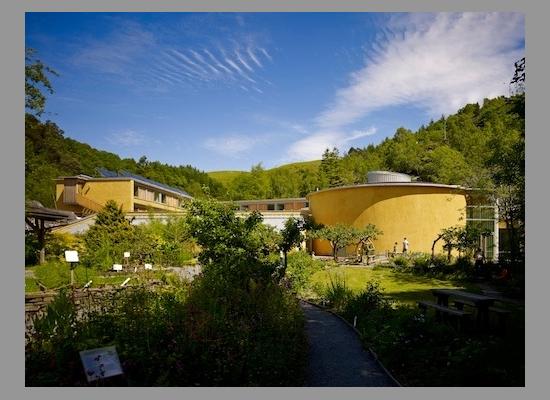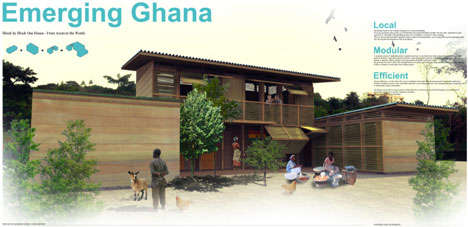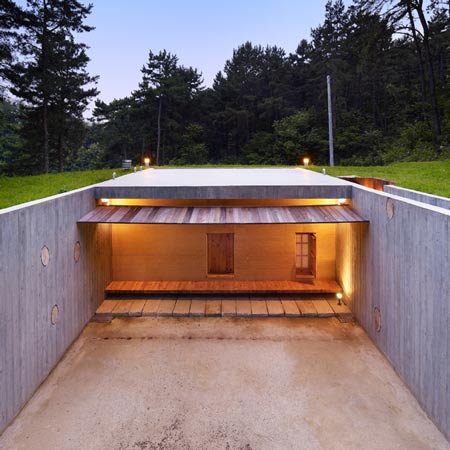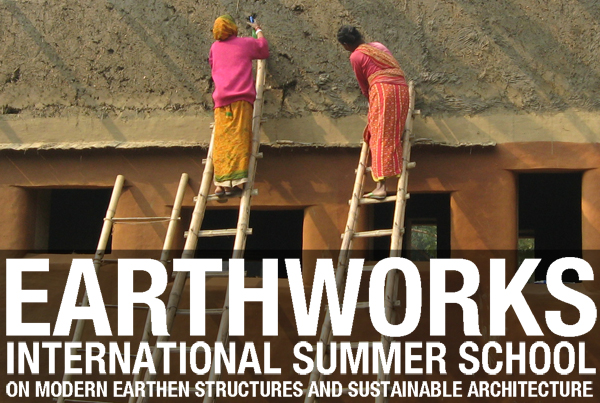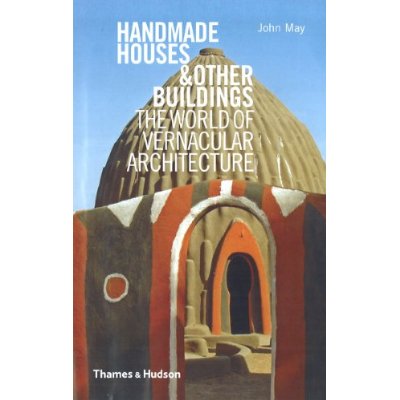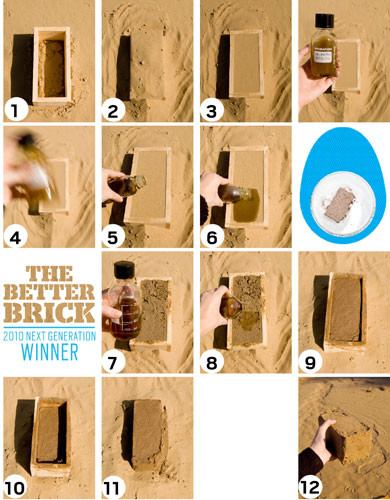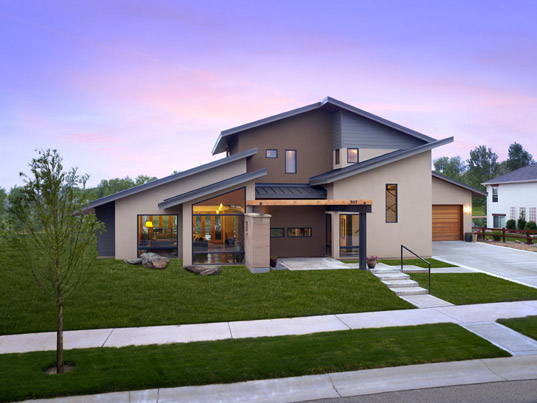
Michael and Lisa Eddy dreamt of living in a home that was designed to showcase their love of nature and appreciation for the environment around them in Colorado. Designed by JCL Architecture, their fantasy home made of rammed earth is characterized by a continuous trellis that greets you at the entry and leads you through the warmth of the house and out into the open backyard towards the landscape beyond. Aside from being beautiful, the house incorporates passive solar strategies and high thermal mass. Proper roof overhangs and southern exposure were calculated to allow maximum solar gain in the winter while minimizing heat gain in the summer. The thermal absorbent qualities of the rammed earth walls and dark stained concrete floors on both levels stabilize temperature swings from night to day and mitigate the need to run an air conditioning unit during the summer. These features are then further supported by a high-efficiency geothermal radiant floor heating system as well as soy-based insulation in the roof and walls.
[ inhabit ]

